Eastern Crete has dozens of enchanting and unknown destinations that "capture" every visitor, making him…
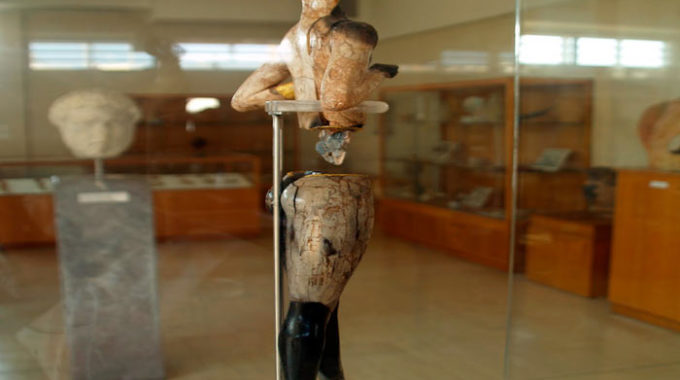
Archaeological Museum of Sitia
The Archaeological Museum of Sitia opened in 1984 and houses a significant collection, divided into four sections.
The exhibits cover a period of approximately 4000 years, from the Final Neolithic era to the Late Roman period, and they are displayed in groups, according to the region and the site where they were excavated.
Information is provided in five languages.
The first section of the museum is entitled: Minoan Sitia. The first exhibit to be noted, as one enters the museumand begins one’s visit in this section, is a golden and ivory statuette known as the Palekastro Kouros. It is an outstanding artefact of the Late Minoan period, 0,50 cm high, which was found fragmented at the archaeological site of Roussolakos, near the village of Palekastro.
The second section of the permanent collection is dedicated to the Minoan Palace at Zakros. Large storage jars, numerous decorated pots and other vessels, a storage jar with polychrome decoration, and elegant masterpieces of miniature art can be seen in this section. Display No.16 contains a wonderful group of Linear A tablets from the Minoan Palace at Zakros archive.
The third section, entitled Geometrical and Archaic Sitia, includes finds dating from the 9th century BC until the early 5th century BC. There, one can see little moulded relief plaques and figurines from the deposit of a sanctuary of the Archaic period, which was excavated in the town of Sitia.
The groups of finds of the Hellenistic period and the Roman years which can be seen in the fourth section of the museum collection are also impressive. These artefacts were uncovered at Xerokampos, Ziros, Trypitos, the Late Minoan villa at Makris Gialos, Koufonisi, etc. Among the displays, as well as in the vestibule, stand various Minoan sarcophagi, while in the courtyard one can also see various ancient architectural elements.
Additional Info
Museum type: Archaeological Museum
Location: City of Sitia
Opening Hours: Daily except Monday 8:00-15:00
Entrance Fee: 2€
Contact: E-mail: efalas@culture.gr – By Phone +30 28430 23917
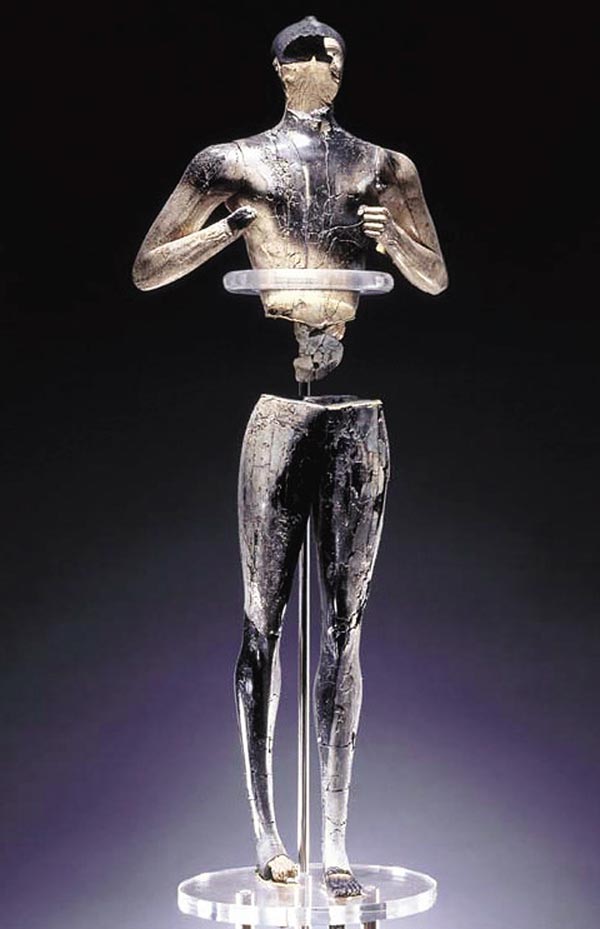
This chryselephantine statuette of a young man is a masterpiece of Minoan art. It was made of at least eight pieces, which were pinned together using wooden dowels, now lost. The body, carved from a hippopotamus tooth, is delicately worked to show the anatomical details of the hands and legs.
The Minoan zoma (loincloth or kilt), sandals and possibly a bracelet, were all made of gold sheet. The hairpiece is made of serpentinite, and the eyes of rock crystal. The statuette’s wooden base, now lost, was covered in ‘Egyptian blue’ (a kind of glass paste) speckled with tiny gold discs. This figure was deliberately smashed during the pillage and arson of the Palaikastro town shrine (Building 5) in the Late Minoan I period.
It is recomposed from hundreds of tiny pieces, which were recovered during three separate excavation campaigns. Made in Crete, this statuette displays strong Egyptian influences in its manufacturing techniques, materials and proportions.
Exhibit Features
Date: Late Bronze Age, 1480 – 1425 BC
Place of discovery: Palekastro, Building 5, sanctuary of the city of Palekastro
Dimensions: width: max 0,185 m, height: 0,54 m
Material: Serpentine, Tooth of hippopotamus
Inventory number: ΜΣ ΑΕ 8506
Copyright: Hellenic Ministry of Culture
Suggestive Bibliography
-Mac Gillivray J.A., Sackett L.H., Driessen J.M., -The Palekastro Kouros, a Minoan Chryselephantine Statuette and its Aegean Bronze Age Context-, BSA Studies, (1999)
-Mac Gillivray J.A., -Ο Κούρος του Παλαικάστρου- στο Κρήτη-Αίγυπτος. Πολιτισμικοί δεσμοί τριών χιλιετιών: κατάλογος έκθεσης: Αρχαιολογικό Μουσείο Ηρακλείου, 21 Νοεμβρίου 1999-21 Σεπτεμβρίου 2000, Ηράκλειο, 2000, 300, αρ. 294
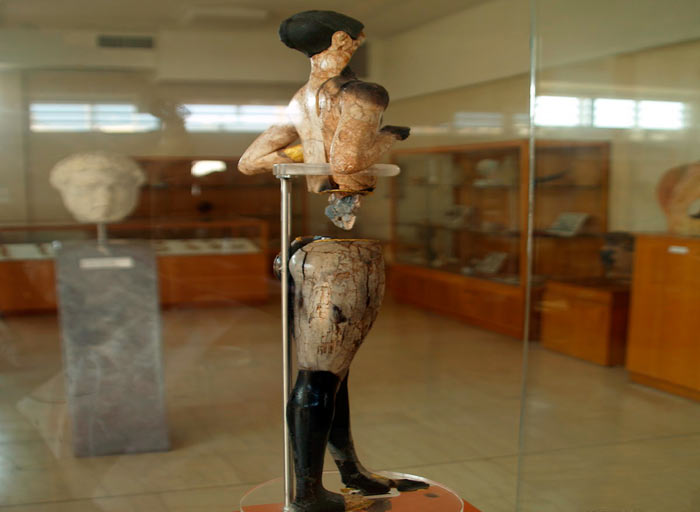
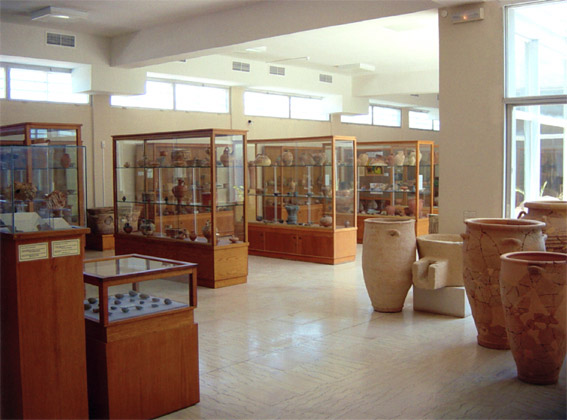
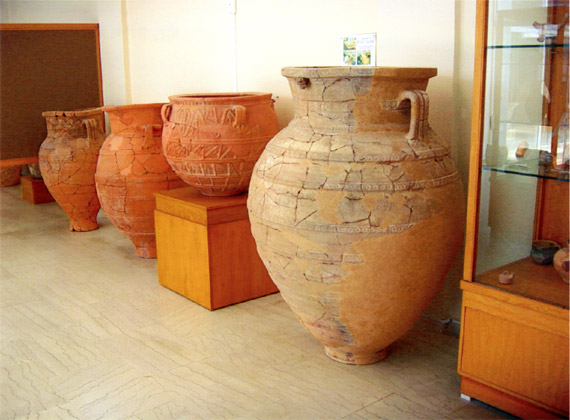
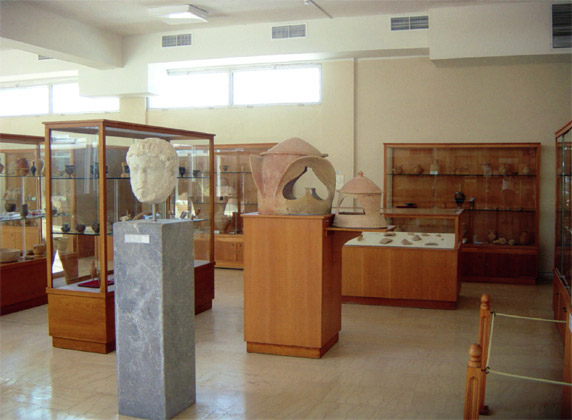
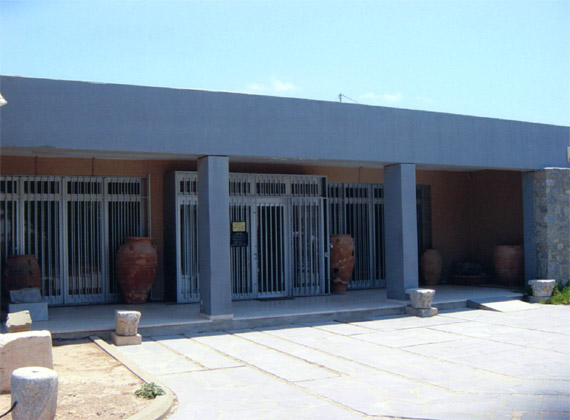
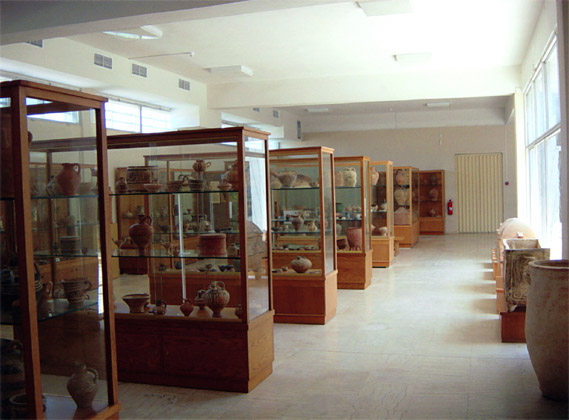
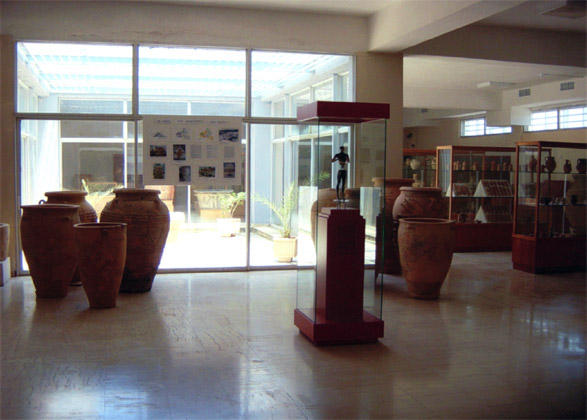
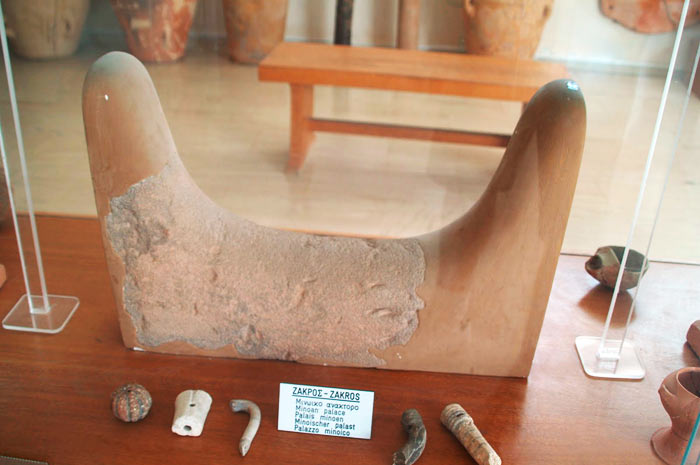
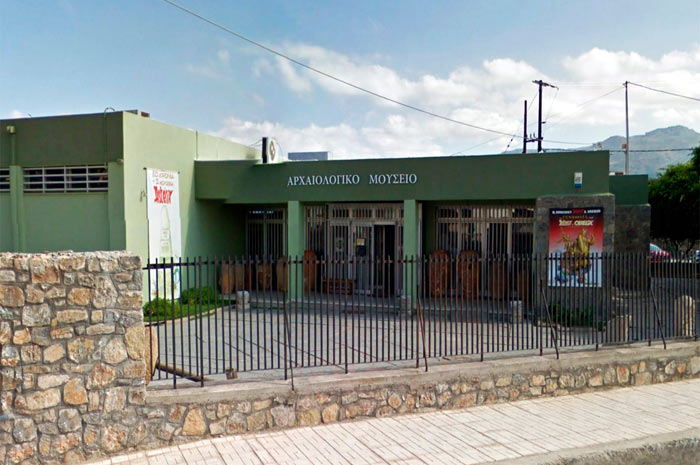
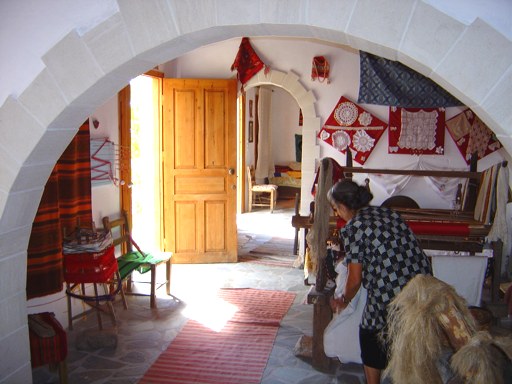
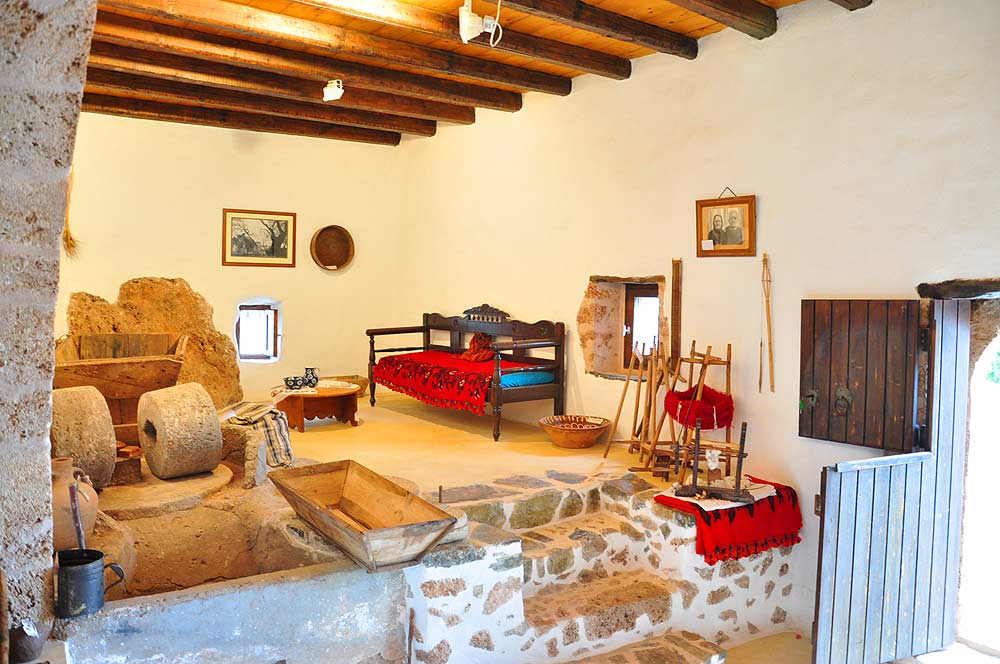
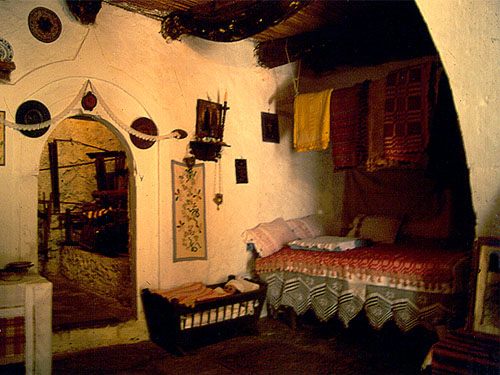
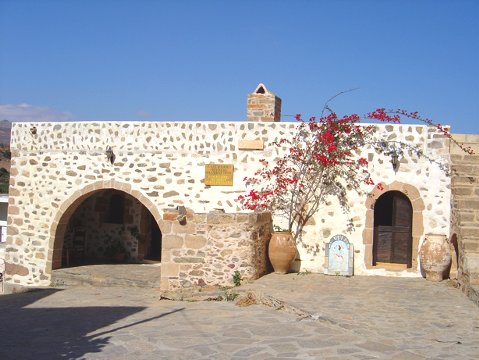
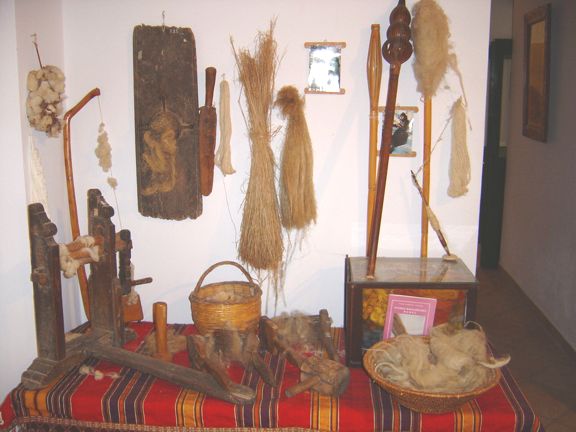
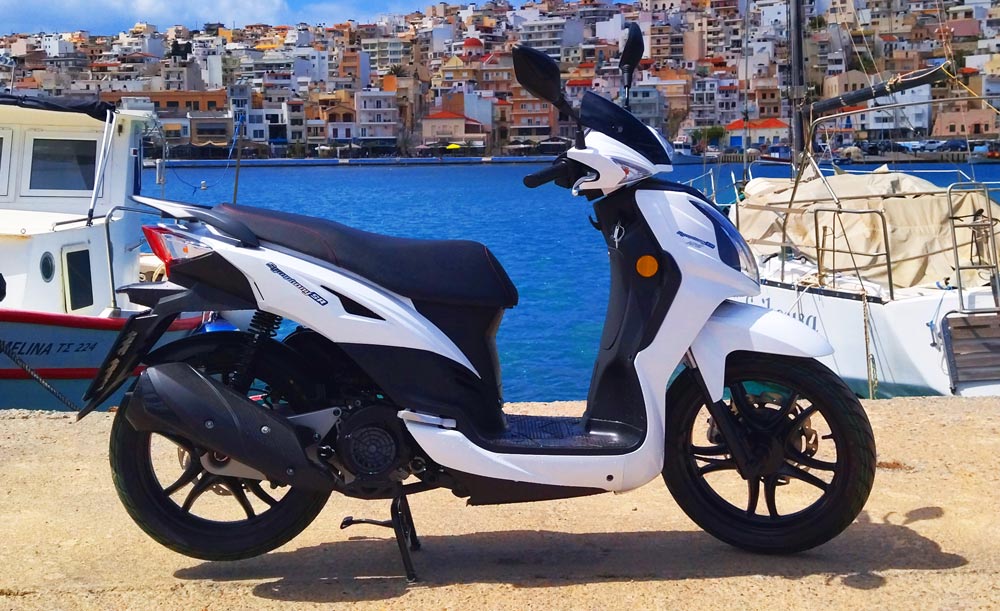
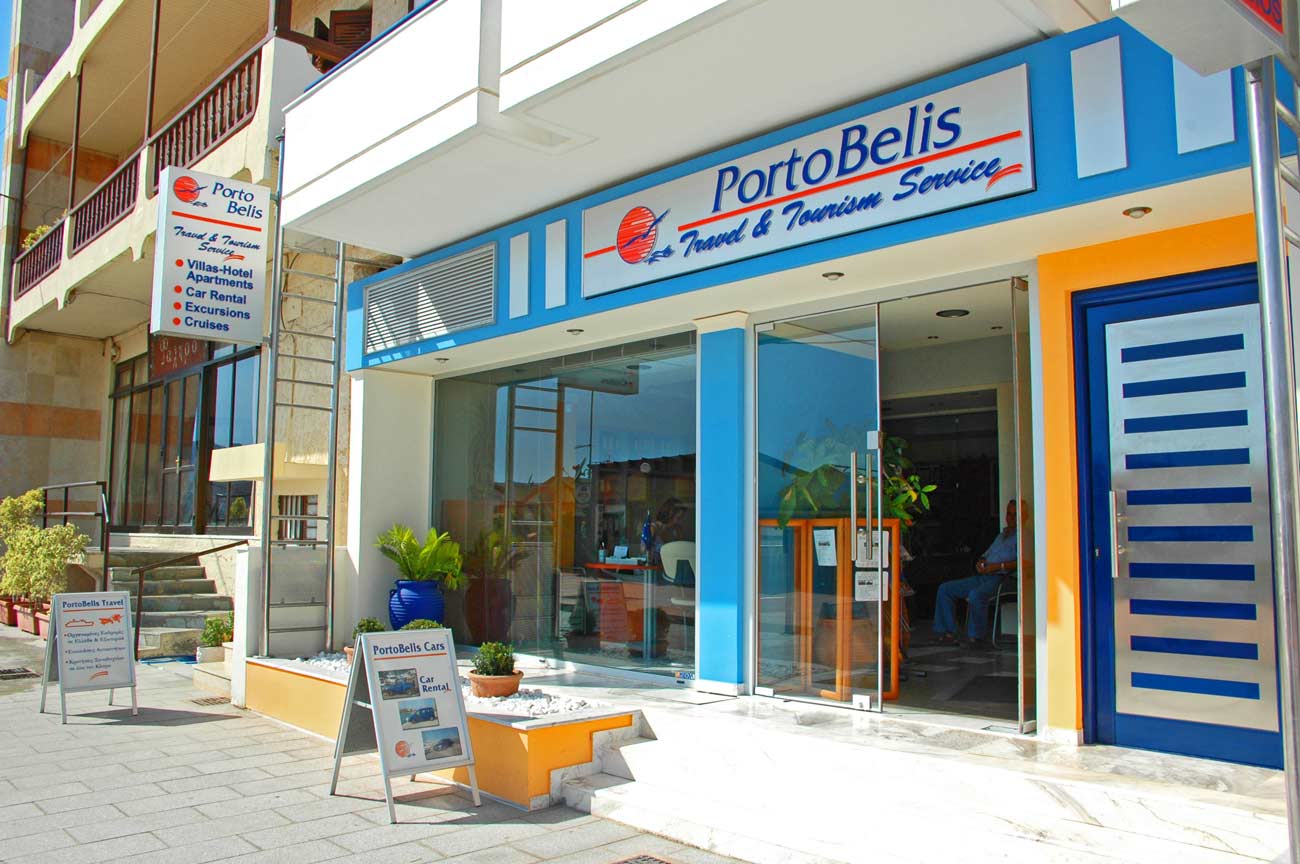
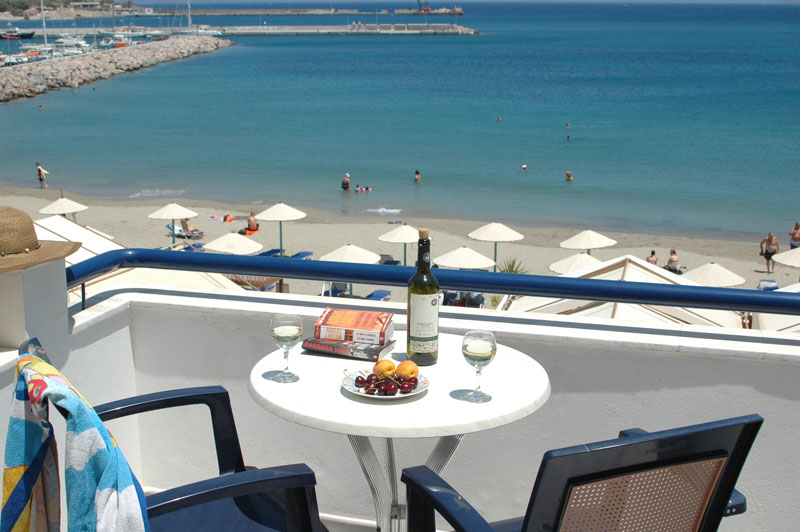
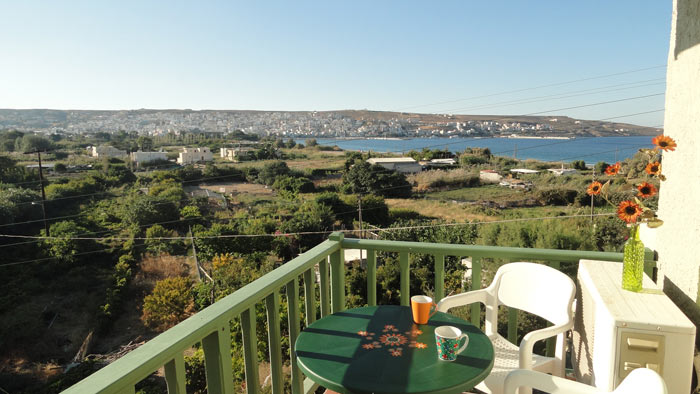
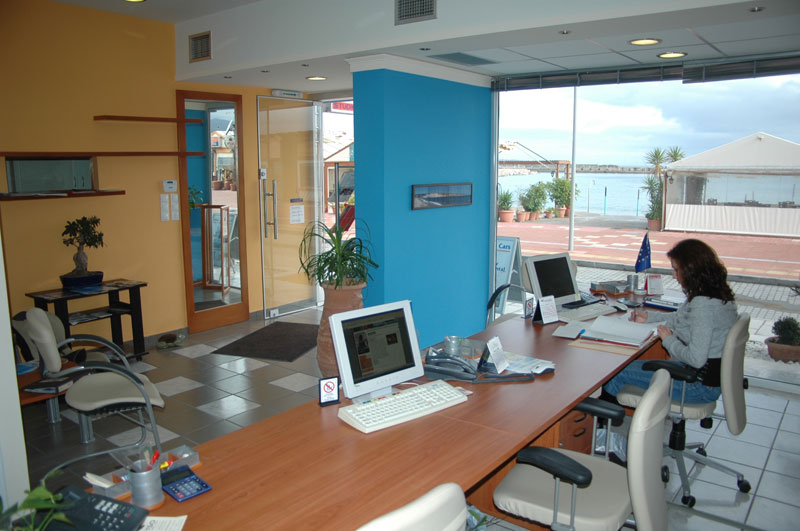
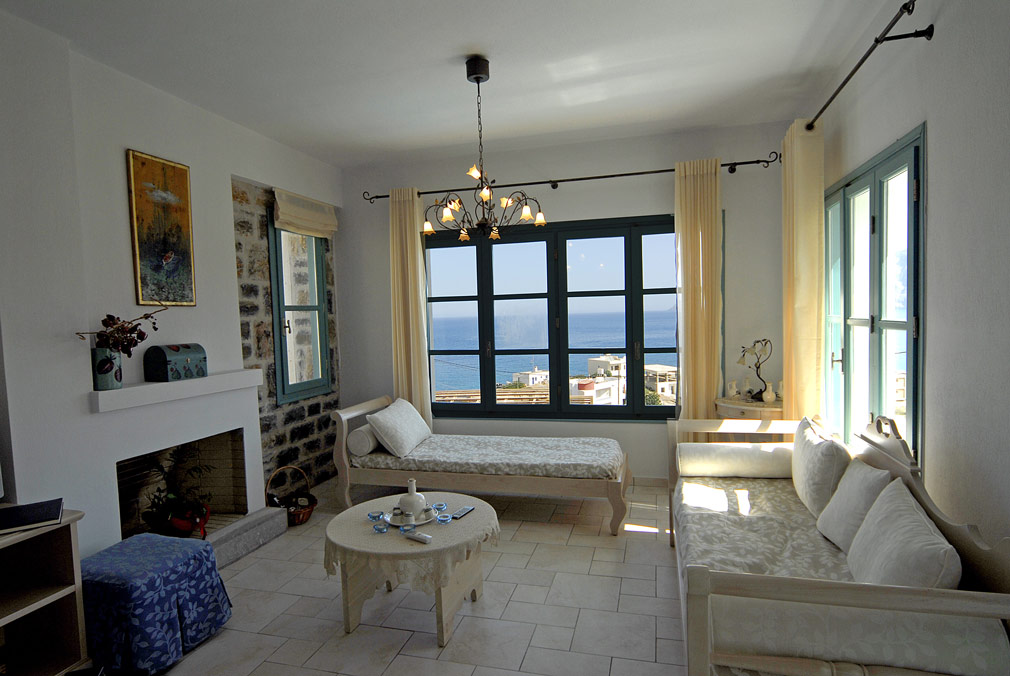
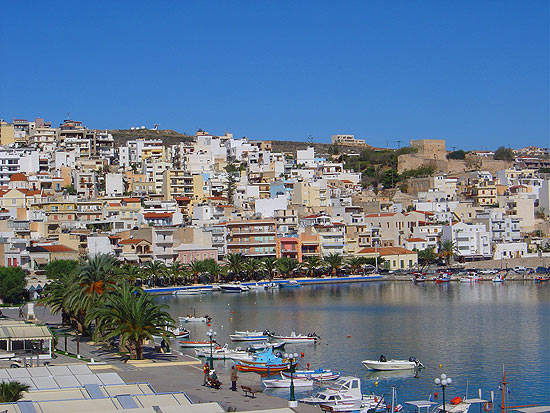
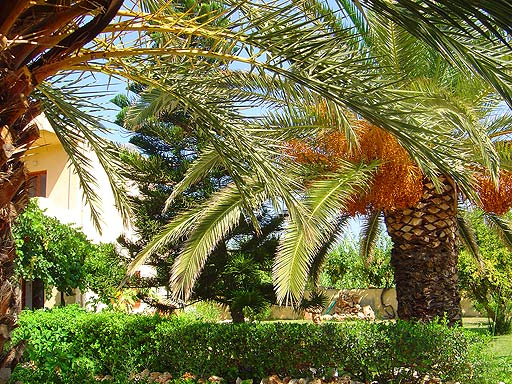
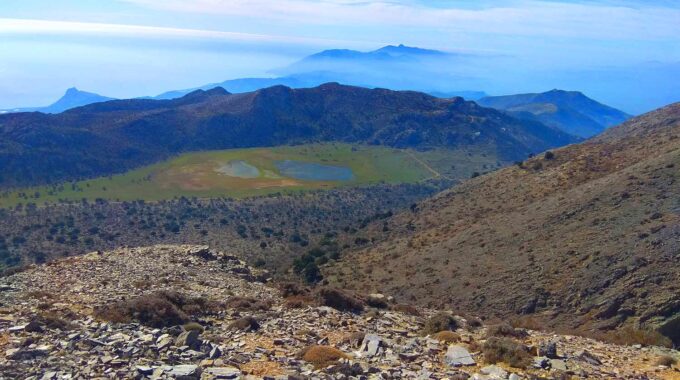
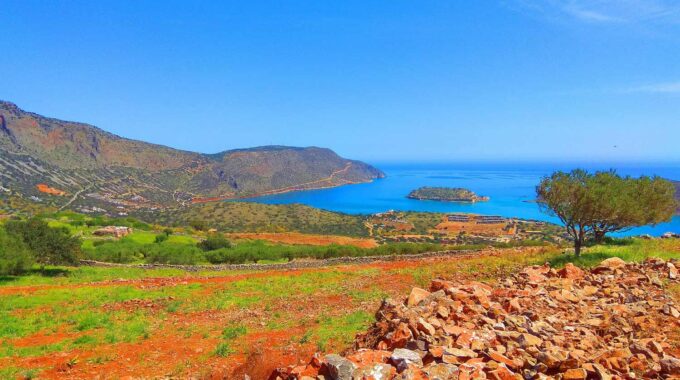
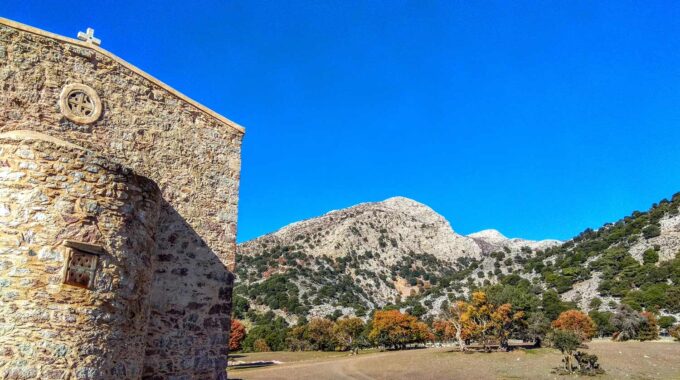
For its small size the Sita Museum is one of the best educational museum of its ilk I have ever seen. With limited means they designed a very comprehensive exhibition space and the text panels are tremendously well written. Good English, concise and weaving the objects on display into the text seamlessly so you really understand what you see, both in a historical and social context. It also holds one of the most overlooked treasures in the world: the Palaekastro Kouros.
Unfortunately burned to a crisp it must once have been one of the most beautiful objects of the ancient world: have a good look at his left foot and you will see the sculptor carved the tendons and veins in the foot as well as the toenails in exquisite detail. Another element that survived is the elaborate hairdo with intricately carved detail. Have a look from the back at its right calve and you will notice how the sculptor used the curvature in the ivory (a hippo tusk) to recreate wonderful tension in the lower leg. Its small size means tou are not overwhelmed by objects and such is its educational value that you leave (having read all the panels) with a basic understanding of Minoan culture.